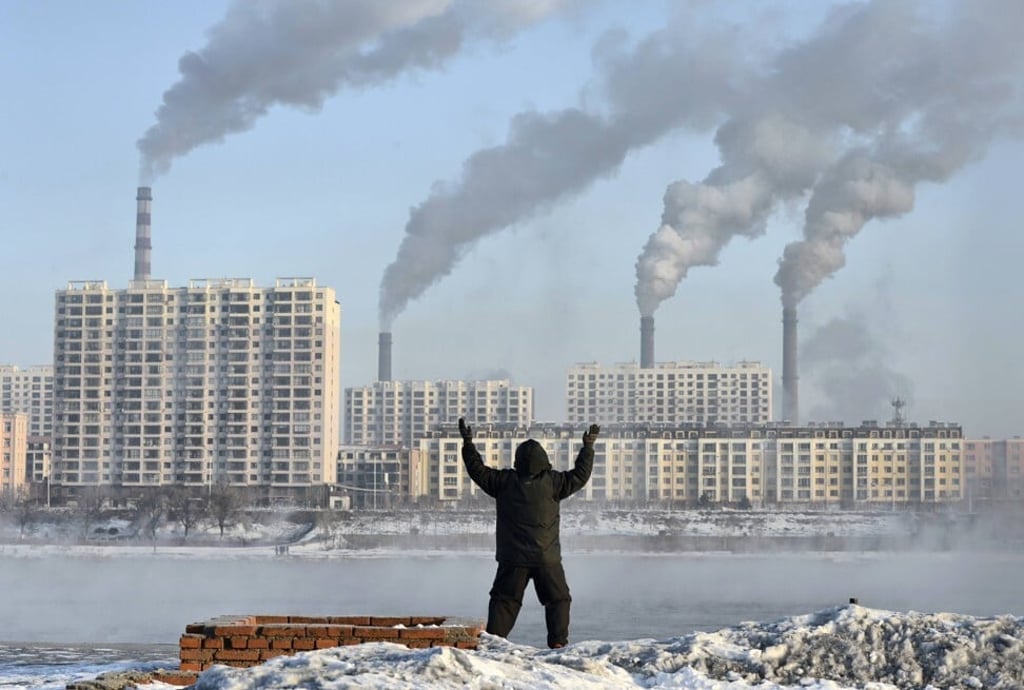China looks to market prices to help turn Xi Jinping’s 2060 carbon neutrality goal from a pledge into reality. Here’s how
- China emits more carbon dioxide than the United States and Europe combined, at a rate that tripled in the past two decades amid the country’s breakneck economic growth as a World Trade Organization member
- The 2060 goal, along with a target for carbon emissions to peak before 2030, is critical to put the world on track to meet the 2016 Paris Agreement of capping global warming at 1.5 degrees Celsius by 2100

The first of a four-part series on China’s carbon neutrality target looks at the market prices for carbon emission quotas in China’s long awaited national carbon emissions quota trading scheme, crucial for turning President Xi Jinping’s 2060 pledge into deliverable reality. The rest of the series is here.
China emits more carbon dioxide, a by-product of fossil fuels and industries, than the United States and Europe combined, at a rate that tripled in the past two decades amid the country’s breakneck economic growth as a World Trade Organization member. The 2060 goal, along with a target for carbon emissions to peak before 2030, is critical to put the world on track to meet the 2016 Paris Agreement of capping global warming at 1.5 degrees Celsius by 2100.
To reach Xi’s target, China must wean the planet’s second-largest economy – which burns half of the world’s coal, and imports more oil and natural gas than anywhere else – off fossil fuels. It’s an ambition that may cost US$5.5 trillion over the next few decades as carbon is removed or offset in energy production, heavy industry, buildings, transport and agriculture, involving technology barely used today, according to Sanford C. Bernstein’s estimate.
“Although this is a 40-year [goal], the target is so ambitious that we will have to start immediately,” said Thomas Palme, who leads Boston Consulting Group’s social impact practice in China. “China is already doing a lot, but it needs a step-change to get on the path of what President Xi has announced.”
